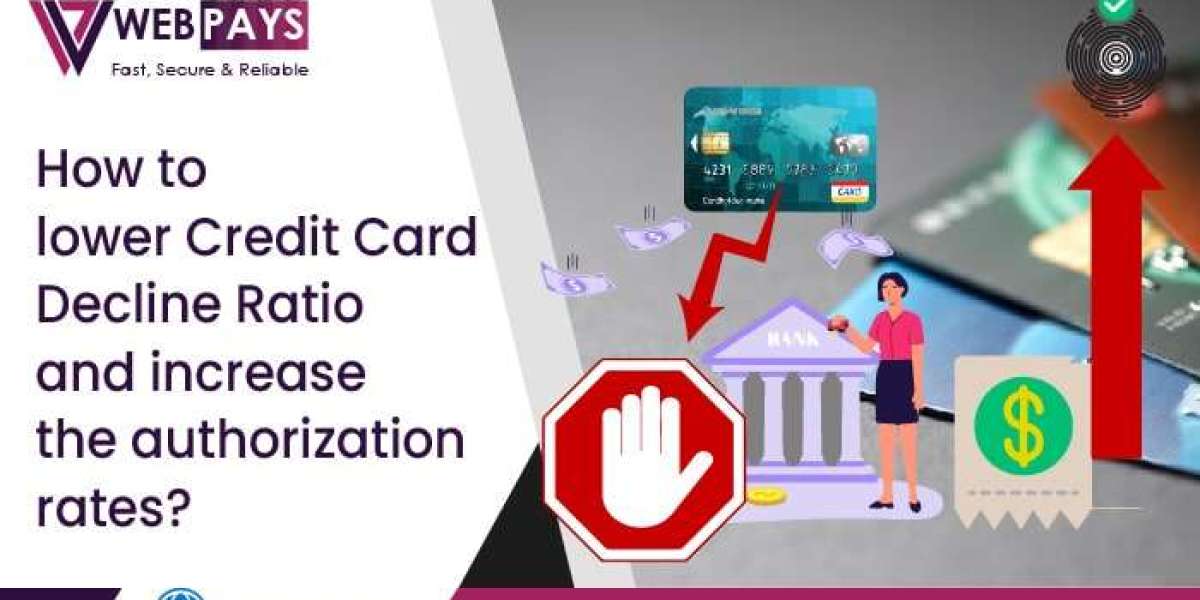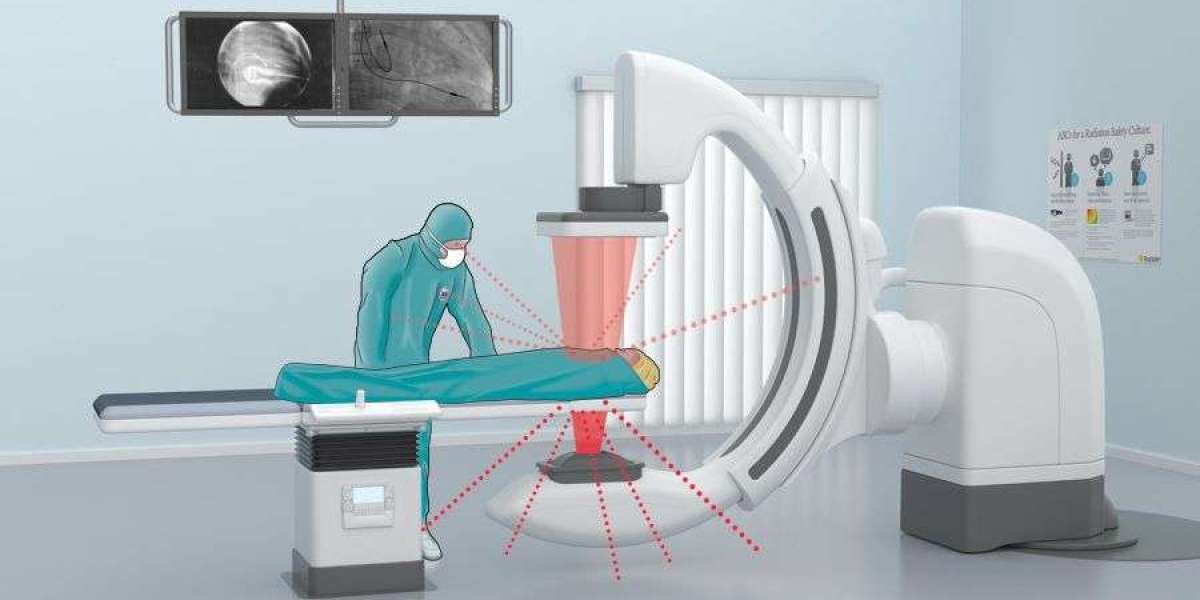Many businesses count on seamless credit card payment solutions from top merchant processors to accept credit card payments to streamline their sales processes. However, top credit card processors often have security tools put in place to prevent fraudulent transactions that may inadvertently cause legitimate transactions to be declined.
Let us find out more about the common causes where even legitimate transactions get declined. We will also be reading about different ways to lower the credit card decline ratio and increase the authorization rates.
How and why do legitimate transactions get declined by credit card processors?
Legitimate transactions can get declined by credit card processors for various reasons. Here are some common factors:
- Transactions that deviate from regular spending patterns may trigger a fraud alert.
- Making several transactions in a short time frame may trigger fraud alerts, resulting in declined transactions.
- Some credit cards have transactional or daily limits. Exceeding those limits can lead to declined transactions.
- Transactions in foreign currencies or those originating from foreign countries may be flagged for review as they can be indicative of fraudulent activity.
- Some merchants may have put restrictions in place on certain types of transactions or may not accept certain credit cards.
- Security checks are performed by top credit card processors to verify the legitimacy of a transaction. If something seems suspicious, the transaction might be declined.
- In some cases, technical issues within the credit card processing system or the bank's system can result in transaction failures.
- If you are traveling abroad and haven't notified your bank, they may flag transactions in a foreign country as potentially fraudulent.
- If you've previously reported your card as lost or stolen, or if there's a dispute with the merchant, the transaction may be declined.
Now that we have read about some of the most common reasons why legitimate transactions may get declined by credit card processors, let us shift our focus to the negative effects of the declining status of legitimate transactions.
Issues caused by the declining status of legitimate transactions
There is no denying the fact that the declining status of legitimate transactions can cause issues, including but not limited to:
- Customer frustration can cause a negative customer experience and a loss of trust, leading to a loss of orders and sales. The business may also lose the customer forever as customers who are unable to complete transactions may choose to take their business elsewhere, resulting in a direct financial impact on the company.
- Managing and resolving issues related to declined transactions can be time-consuming and resource-intensive for businesses. This is primarily because resources will have to be diverted to handle inquiries, identify and address the root cause of the declines, and may leave businesses with no option but to offer discounts to attract customers.
- Repeated declines of legitimate transactions can harm a business's reputation as customers may share their negative experiences with the business on social media and other platforms. This can deter other customers from using the products and services offered by the business. This can even increase customer churn to impact the long-term growth and sustainability prospects of the business.
How to lower the Credit Card Decline Ratio?
Primarily, there are three types of credit card declines:
- Soft Declines usually happen because of temporary issues such as insufficient funds. They can be easily sorted out by informing or encouraging customers to try a different card or put in funds before placing the order again. An intelligent retry policy that focuses on retrying credit card processing after a certain time may also be useful.
- Hard Declines usually happen because of authorization issues such as the use of expired cards, mismatches in billing addresses, or incorrect CVV numbers. They can be easily sorted out by providing crystal-clear messages on the exact reason(s) behind the decline and guiding customers on how to rectify the issue.
- False Declines usually happen when a legitimate transaction is flagged as fraudulent. They can be easily sorted out by implementing additional and out-of-the-box layers of customer authentication. The use of advanced analytics and behavioral analysis tools to understand typical customer behavior may also be beneficial. Furthermore, immediate confirmation emails or messages should always be sent for successful transactions to reduce customer anxiety and avoid unnecessary retries. Businesses should also focus on providing a variety of payment options (or even installment plans or flexible payment terms) to increase the likelihood of successful transactions and enhance the overall customer experience.
Businesses can follow these tips to reduce the credit card decline ratio and increase authorization rates. For instance, you can always count on an innovative credit card payment solution such as WebPays to accept credit card payments in a breeze.
How WebPays Help with Authorization Rate Optimization?
At WebPays, we offer a wide range of credit card payment solutions and processing tools to help clients minimize declined transactions and retain additional cash flow.
From the second you start working with our team, a dedicated account manager will help you out with everything that it takes for you to be a successful and profitable merchant. Our innovative credit card payment solution to accept credit card payments is characterized by a fraud detection system, account updater software, smart routing, and a host of other out-of-the-tools to seamlessly authorize legitimate credit card transactions.
Contact us now to find out how you can improve the card authorization ratio of your business.



